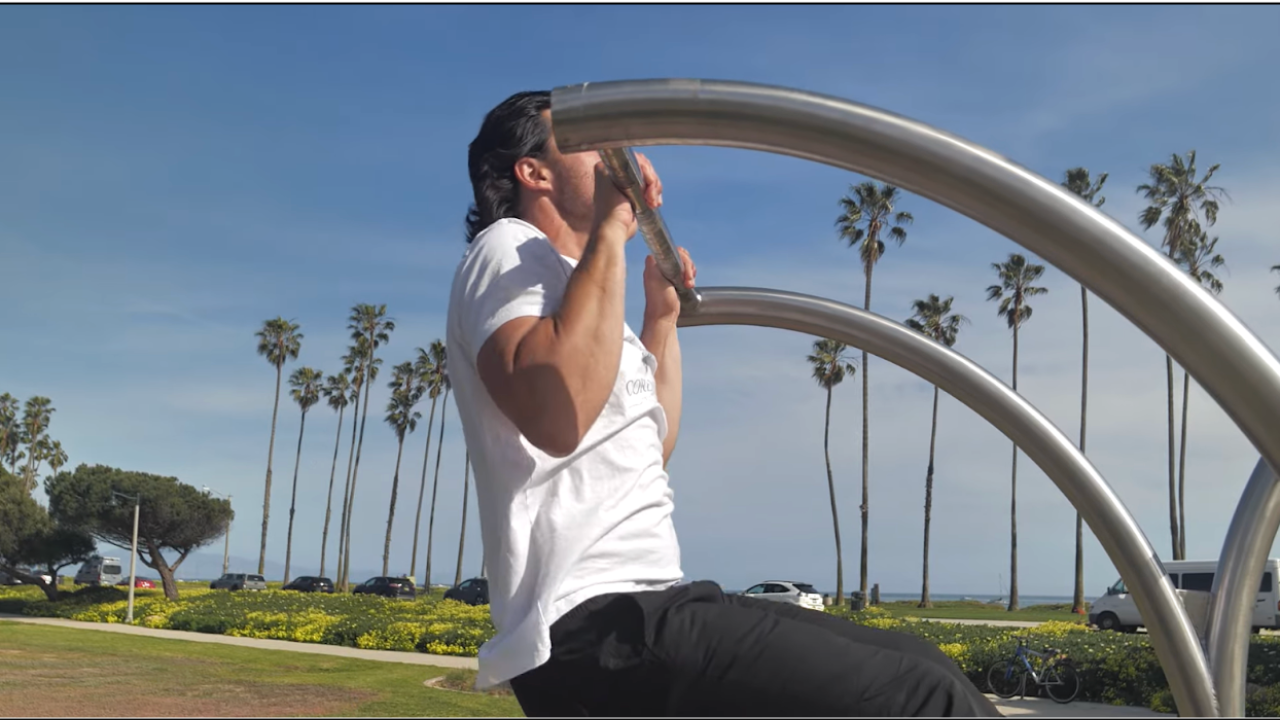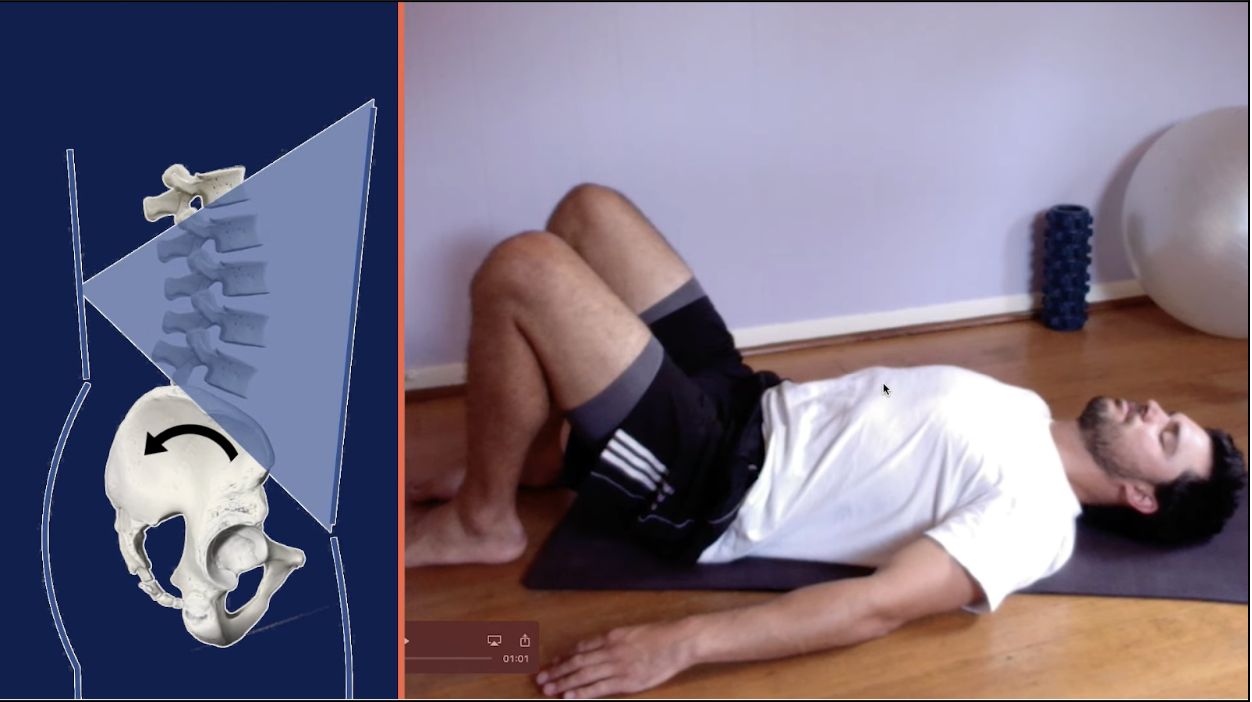Should You Workout with Lower Back Pain?
Nov 17, 2025
If you’ve ever had a flare-up, back pain that suddenly hits harder than usual, you’ve probably wondered: “Should I workout with lower back pain?” It’s a fair question, and one I get all the time. But here’s the deal, how you respond to pain matters a lot. And while it might feel like the safest option is to shut everything down and rest, doing nothing for too long can actually move you backward.
Here's the short answer:
No, you shouldn't push through intense pain, but you also shouldn’t lie in bed for three days straight.
Let’s break it down.
Why Resting Too Much Can Make It Worse
Research shows that after about 72 hours of total rest, your muscles start to weaken, this is called atrophy, and it can happen fast. I don’t even recommend resting for a full 72 hours unless absolutely necessary. One day? Sure. Maybe two if you’re really flared up. But beyond that, rest actually slows your recovery.
Your core muscles are what support your spine. And the best way to take care of your spine is to keep those muscles active. When you rest too long, you're not just letting inflamed tissues heal, you’re also letting the muscles that protect your spine go offline. That’s a step in the wrong direction.
What to Do Instead (Even When It Hurts)
When pain hits, the goal isn’t to power through a workout. It’s to move gently and mindfully.
I’m talking simple stuff:
- Lie on your back and connect your back anchor to the floor.
- Gently engage your core muscles
- Practice breathing and light muscle activation
This low-impact movement, just what we start with in Phase 1 of Core Balance Training, is often exactly what your body needs. Not only does it maintain core activity, but it also sends the message that movement is safe, which can reduce fear and tension.

I’ve seen tons of students find relief this way, even during painful flare-ups.
The Magic Zone: How Much Pain is “Okay”?
Let’s talk pain scale. You know that 1 to 10 scale doctors ask about?
- Pain level 1–3: You’re likely good to go.
- Pain level 4–6: Proceed, but mindfully. Pause and reflect, is it muscle soreness, stiffness, or nerve-related?
- Pain level 7 and up: Don’t push. Full stop. That’s your body saying “Hey, something’s not right.”

Also, there’s a huge difference between good pain and bad pain.
Good pain is that sore muscle burn after effort, like when you do a hard set at the gym.
Bad pain feels sharp, nerve-y, or just wrong, like pressing on a herniated disc.
Learning to tell the difference is the most important skill you can develop to escape the cycle of pain for good.
Real-Life Example: Getting Out of the Car
Ever gotten out of a car after a long drive and felt stiff and achy? That’s discomfort from not moving. You feel pain when you move, but movement is actually the cure in that moment. That’s your body craving tension and circulation, not rest.
Same idea applies to back pain. Avoiding movement completely out of fear is what we call fear avoidance behavior (FAB). And that can trap you in the pain cycle. Don’t fall into that.
Building Resilience, One Micro-Step at a Time
Some pain is just your body getting used to new demands. Like the tenderness you might feel lying on a firm floor the first few times. It’s not injury, it’s adaptation. Within a few days, that discomfort fades, and your body becomes stronger and more resilient.
That’s how you build resilience, not just in muscles, but in joints, ligaments, and even discs. These tissues respond to tension. Not extreme loads, but just enough tension, over time, to make them more robust.
And yes, you should work up to your edge, your body’s threshold, but not beyond it.
The Takeaway
If you’re dealing with pain:
- Don’t rest more than 24–48 hours
- Stay gently active- even just core engagement lying down is powerful
- Avoid pushing through sharp or high-level pain
- Listen to your body, reflect daily, and adjust
Progress doesn’t come from doing more. It comes from doing what’s right, at the right time, with the right form.
You've got this. Get on the floor, breathe deep, and reconnect with your core. One small step today can be a game-changer tomorrow.
Need help figuring out where to start?
Try the Module 1 exercises inside Core Balance Training. You get access to that entire Module with our free 7-day trial. And trust me, that first gentle engagement can shift everything.
Let me know how it goes, I'll be back next week with more.















